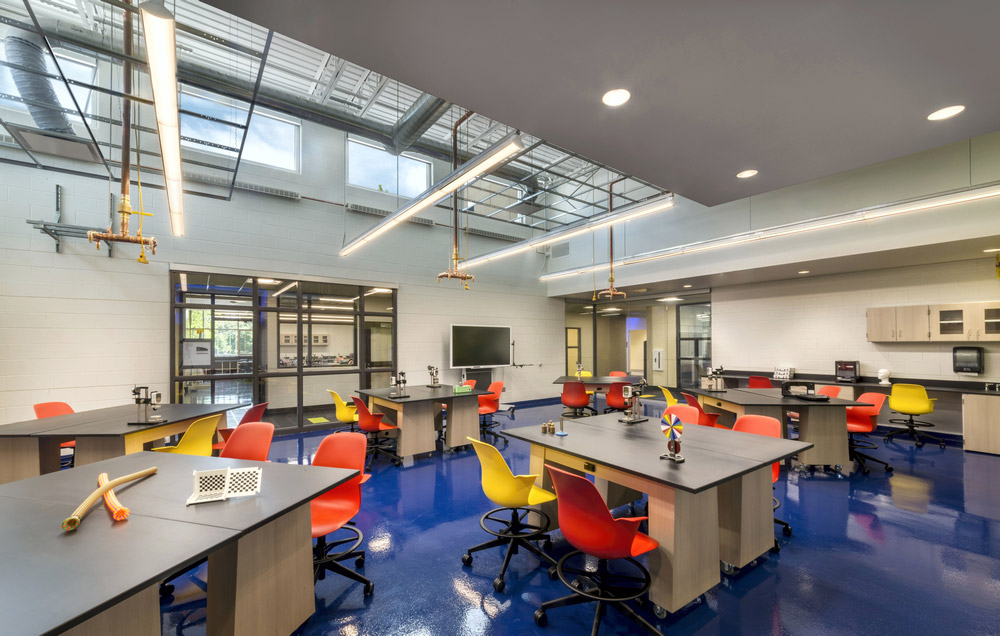Creating Supportive Learning Environments through Evidence Based Design
5/18/2023

Evidence-Based Design (EBD) is a design approach that involves making design decisions based on scientific evidence, rather than relying solely on subjective opinions and preferences. When applied to educational environments, EBD can help produce better learning outcomes for students by creating spaces that support their physical, emotional, and cognitive needs. Some ways in which EBD can be applied in educational settings include the following:
1. Lighting: Adequate lighting is crucial in creating a positive learning environment. EBD recommends using natural light wherever possible, as it has been shown to improve student performance and well-being. Artificial lighting should also be carefully designed to avoid glare and shadows.
2. Acoustics: Noise levels can have a significant impact on student learning. EBD recommends using materials and designs that absorb or diffuse sound to create a quiet and comfortable learning environment. This is especially important in classrooms, where students need to hear their teachers and classmates clearly.
3. Color: Color can affect mood and behavior, and EBD suggests using colors that promote a positive and calm atmosphere. Soft, muted colors like blue, green, and beige have been shown to be effective in reducing stress and anxiety, while bright colors like red and yellow can be overstimulating.
4. Layout: Classroom layouts should be designed to promote interaction and collaboration among students. EBD recommends using flexible and adaptable furniture that can be easily rearranged to accommodate different teaching styles and learning activities.
5. Biophilia: Incorporating natural elements like plants and water features into educational environments has been shown to have a positive impact on student well-being and performance. EBD recommends incorporating biophilic design principles wherever possible.
By using evidence-based design principles, educational environments can be created that support student learning, health, and well-being. This, in turn, can lead to improved academic outcomes and a more positive school experience for students.